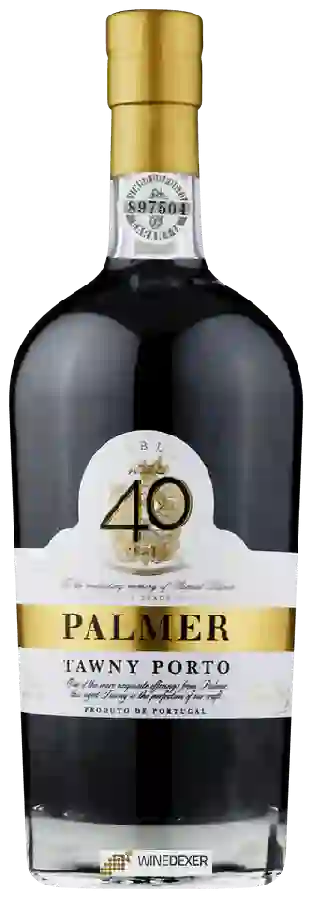
Winery PalmerAged 40 Years Tawny Porto
This wine generally goes well with beef and mature and hard cheese.
Wine flavors and olphactive analysis
On the nose the Aged 40 Years Tawny Porto of Winery Palmer in the region of Duriense often reveals types of flavors of non oak, oak or black fruit and sometimes also flavors of dried fruit.
Food and wine pairings with Aged 40 Years Tawny Porto
Pairings that work perfectly with Aged 40 Years Tawny Porto
Original food and wine pairings with Aged 40 Years Tawny Porto
The Aged 40 Years Tawny Porto of Winery Palmer matches generally quite well with dishes of beef or mature and hard cheese such as recipes of grandma melanie's cassoulet or broccoli and beaufort pie.
Details and technical informations about Winery Palmer's Aged 40 Years Tawny Porto.
Discover the grape variety: Touriga nacional
Most certainly Portuguese, not to be confused with the Touriga Franca also of the same origin. In Portugal, where it is widely cultivated, it is used to produce, among other things, the famous red Porto. It is also found in Uzbekistan, Australia, South Africa, Cyprus, Spain, etc... very little known in France, although it is listed in the Official Catalogue of A1 vines.
Last vintages of this wine
The best vintages of Aged 40 Years Tawny Porto from Winery Palmer are 0
Informations about the Winery Palmer
The Winery Palmer is one of of the world's greatest estates. It offers 9 wines for sale in the of Porto to come and discover on site or to buy online.
The wine region of Porto
The wine region of Porto is located in the region of Duriense of Portugal. We currently count 312 estates and châteaux in the of Porto, producing 2132 different wines in conventional, organic and biodynamic agriculture. The wines of Porto go well with generally quite well with dishes .
The wine region of Duriense
Duriense is a Portuguese wine region covering the same area as the Douro DOC and the Port wine region. In difference from Douro DOC, Duriense VR is a designation at the lower Vinho Regional (VR) level, which corresponds to table wines with a geographical indication under European Union wine regulations, similar to a French vin de pays region. Thus, it is the simpler or less typical wines of the Douro region that are sold using a Duriense VR label. Before the creation of a separate Duriense VR, the Douro vineyards were Part of the former Transmontano/tras-os-montes">Trás-os-Montes VR, which is now called Transmontano VR and no longer includes the Douro vineyards.
The word of the wine: Piccolo
Small bottle with a capacity of 20 centilitres.














